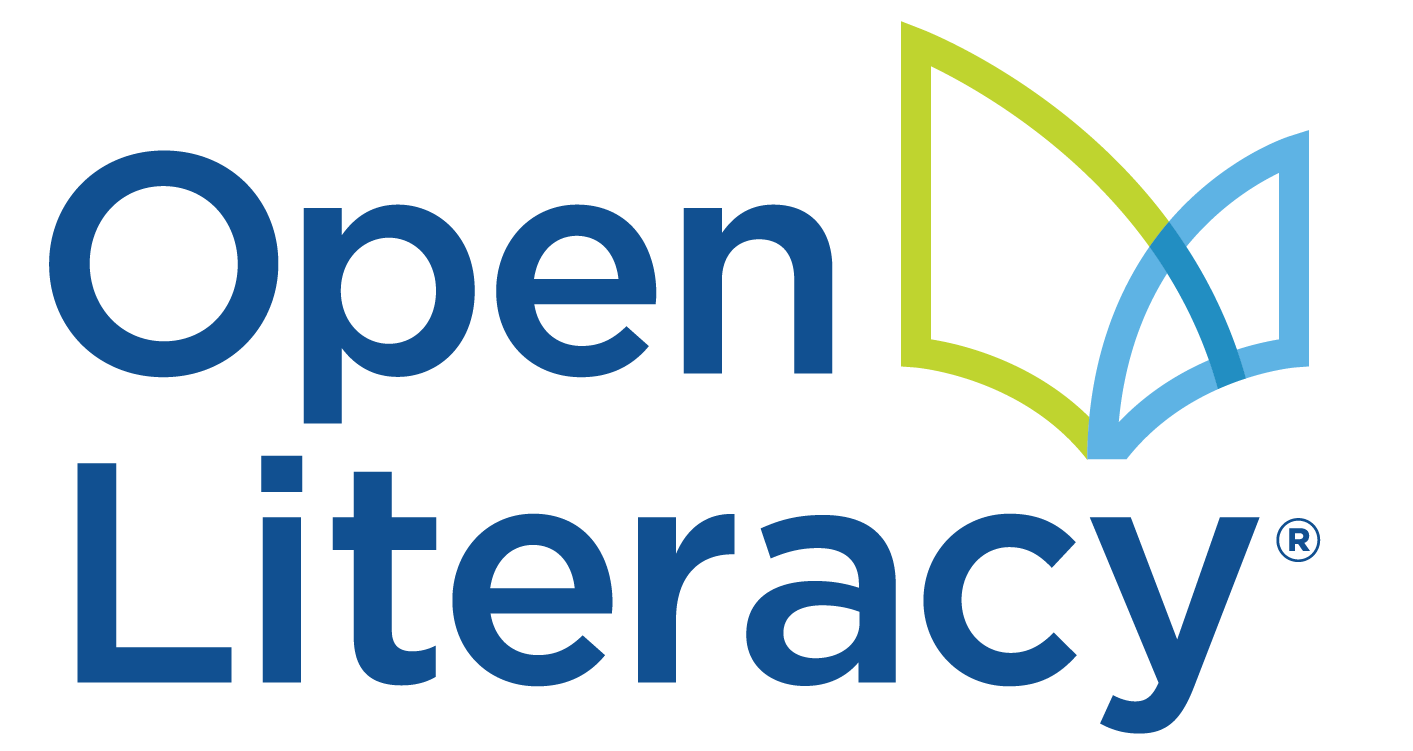Please Stop Using Round Robin Reading
Many teachers use round robin reading, especially during guided reading. I’m here to tell you, it needs to stop. I know! I know! Your students really like it! It helps you move through difficult material efficiently! But round robin reading is not helping your students develop their reading skills. If you want your students to be stronger readers, you must have them reading the text independently — and during guided reading, this is a non-negotiable. Asking students to do round robin reading during guided reading is like asking students learn to swim by watching others swim. Sure, you can learn a few things, but you learn to swim by swimming!
When you have students do round robin reading, you are making each student responsible for only a small part of the text. Maybe they are reading a single page (which might be just one sentence!) or maybe a short paragraph. Regardless, this means that your students aren’t provided with sufficient opportunities to improve their fluency or gain automaticity in recognizing words. Your reading lessons should give students many opportunities to read and decode words – and doing round robin reading (or one of its variations, such as popcorn reading) takes away this opportunity.
Round robin reading also works against building students’ reading stamina and comprehension skills. The constant interruption of round robin reading is doing your students no favors.
WHAT SHOULD YOU DO INSTEAD?
If you find yourself relying on round robin reading during guided reading, asking this set of questions to yourself might be helpful:
Is the text that you picked too hard?
Have you done a text launch (before reading) that sets your students up for success? I’m not talking about having them predict what the text is about or taking a picture walk — but reviewing key sounds so that students can use that knowledge when they are decoding? For example, if you are reading the book Trout Soup, taking time to review the two sounds that ou makes before reading can support students’ success.
Have you given them relevant phonics instruction so that they can decode the words that they don’t know?
Would doing a sight word warm up at the beginning of the guided lesson help students read the targeted guided reading text more proficiently?
Never miss a post!
Follow us on Instagram and Facebook
Have a literacy question you’d like answered? EMAIL US
Return to BLOG HOME
